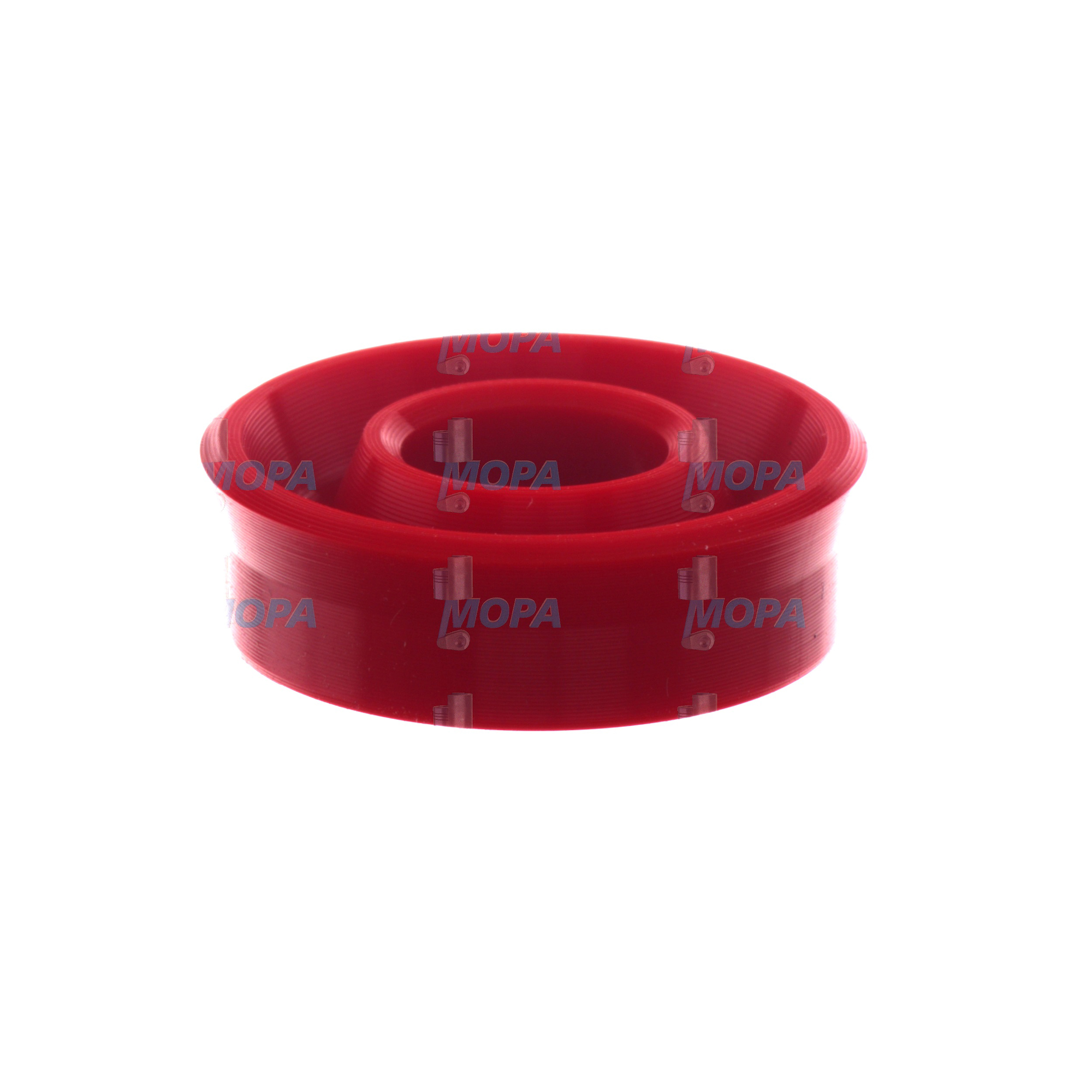V-SEAL Gaskets for Marine and Diesel Engines
Gaskets are precision-engineered sealing components that create a tight, reliable barrier between mating surfaces in engines and auxiliary systems. In both marine and stationary power applications, they prevent leaks of combustion gases, lubricating oil, coolant, and charge air, while managing thermal expansion and vibration. Whether installed on a cylinder head, exhaust manifold, turbocharger, or pump housings, high-quality gaskets protect performance, reduce emissions, and extend component life. Within this sealing ecosystem, a V-SEAL in a marine engine or diesel engine complements static gaskets by shielding rotating shafts and bearings from ingress of contaminants—together delivering a complete, robust sealing strategy.
Technical function of Gaskets and the role of V-SEAL in marine engine and diesel engine systems
Gaskets fill micro-voids between machined surfaces to establish a pressure-tight seal. In combustion interfaces, multi-layer steel (MLS) or graphite/steel laminate gaskets withstand high cylinder pressures and temperatures while maintaining clamping load under thermal cycling. On fluid circuits—oil, coolant, and fuel—elastomer, PTFE, and fiber-reinforced gaskets prevent cross-contamination and maintain system pressure. In exhaust and turbocharger joints, spiral-wound or graphite-based gaskets resist blowout and thermal shock, preserving backpressure control and turbo efficiency.
Material science is central to performance. NBR and FKM elastomers resist oils and fuels; PTFE manages aggressive media and low friction; graphite endures elevated temperatures; and MLS designs provide elastic recovery and creep resistance. Correct surface finish, flange flatness, and bolt-load distribution are decisive: tightening sequences and torque-angle procedures ensure uniform compression, avoiding leak paths and fretting.
Where shafts rotate—such as seawater pumps, alternators, and auxiliary drives—V-SEAL OEM parts add dynamic sealing capability. A V-SEAL marine engine configuration runs axially on the shaft, lightly contacting the counterface to exclude water, dust, and oil mist, while accommodating eccentricity and misalignment. In a V-SEAL diesel engine setup, this axial lip protects bearings and extends grease life, cutting downtime and preserving efficiency. Used alongside static gaskets, these seals stabilize system cleanliness, which directly supports heat exchanger performance, lubrication reliability, and emissions compliance.
- · High blowout resistance under peak cylinder pressures
- · Chemical compatibility with oil, fuel, and coolant
- · Elastic recovery to counter thermal cycling and vibration
- · Precision fit to maintain correct clamp load and surface conformity
- · Low leakage rates that sustain performance and reduce emissions
- · V-SEAL protection for rotating shafts in harsh marine environments
Why Gaskets are critical for engine reliability and service life
Gasket integrity directly determines compression, lubrication stability, and thermal balance. Loss of sealing at the cylinder head can reduce compression and power, increase fuel consumption, and elevate NOx and particulate emissions. Oil or coolant leaks lead to lubricant dilution, bearing distress, and hot spots that accelerate wear or cause thermal fatigue. Exhaust leaks upstream of the turbo reduce turbo speed and boost, undermining air delivery and combustion efficiency. Even small charge-air leaks degrade intercooler effectiveness and raise exhaust temperatures.
As gaskets age, creep relaxation, chemical degradation, and flange movement can open micro-channels. If neglected, the result can be coolant-to-oil contamination, detonation from uncontrolled air ingress, or localized gasket burn-through. In auxiliary systems, missing dynamic exclusion from a V-SEAL allows saltwater or dust to enter bearings, increasing friction, heat, and ultimately causing seizure. Routine inspection and torque verification, combined with timely replacement using parts built to the engine maker’s specification window, are essential to prevent unplanned off-hire or costly overhauls.
Advantages of OEM spare parts suitable for Gaskets and V-SEAL applications
Selecting OEM spare parts suitable for gaskets and complementary V-SEAL components ensures controlled materials, accurate geometry, and predictable compression behavior. Components built to the engine platform’s design intent maintain consistent bead profiles, emboss heights, and sealing layer thickness, delivering repeatable clamp-load distribution and leak-tight joints.
For procurement and technical teams, the benefits are practical and measurable:
- · Performance: Stable sealing under peak load and temperature extremes
- · Reliability: Proven blowout resistance and low creep relaxation
- · Budget: Lower lifecycle cost through longer service intervals and fewer reworks
- · Service life: Materials and coatings matched to specific media and flange metallurgy
- · Compliance: Tight leakage control supporting emissions and class requirements
- · Traceability: Documented specs and batch consistency streamline audits
When combining static gaskets with V-SEAL OEM parts in marine engine and diesel engine systems, the result is a comprehensive sealing package that protects power density, reduces fluid losses, and preserves bearing and turbocharger health.
MOPA – your partner for OEM spare parts Gaskets and V-SEAL solutions
MOPA is a trusted specialist in sourcing and supplying OEM spare parts gaskets for diesel and gas engines, complemented by V-SEAL components for rotating equipment. Purchasers and shipowners value MOPA’s speed in quotation and delivery, rigorous quality control, and secure global logistics. From cylinder head gasket sets to turbo and exhaust interfaces, oil cooler and heat-exchanger gaskets, and shaft-sealing V-SEAL items, MOPA aligns parts to the correct engine models and build lists to minimize downtime and risk.
With deep application knowledge across major marine and power-generation platforms, MOPA supports planned maintenance, emergency supply, and modernization projects, ensuring the right seal solution reaches your vessel or plant on time and ready to install.
Conclusion: V-SEAL Gaskets for dependable engine performance
Gaskets underpin compression, fluid integrity, and thermal control, while V-SEAL elements protect rotating interfaces—together safeguarding the performance of marine and diesel engines. Choosing OEM spare parts suitable for gaskets and V-SEAL applications secures consistent sealing quality, longer service intervals, and dependable operation across demanding conditions.







